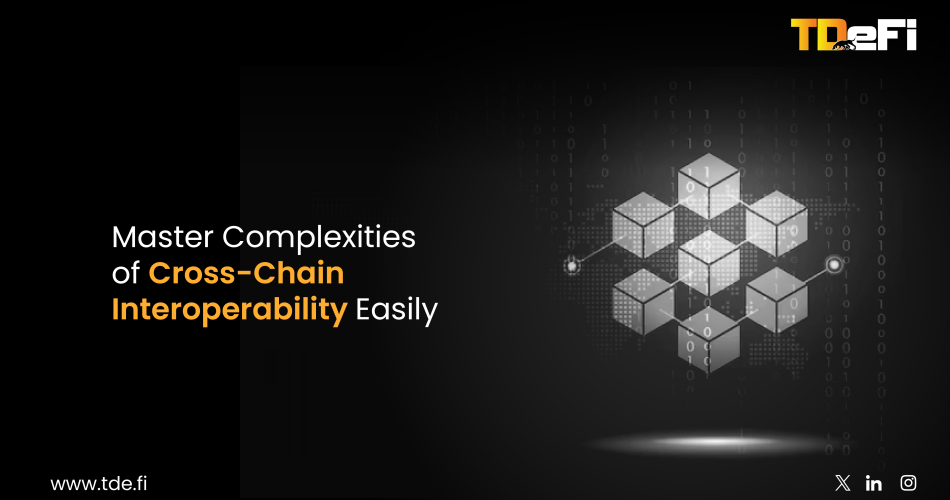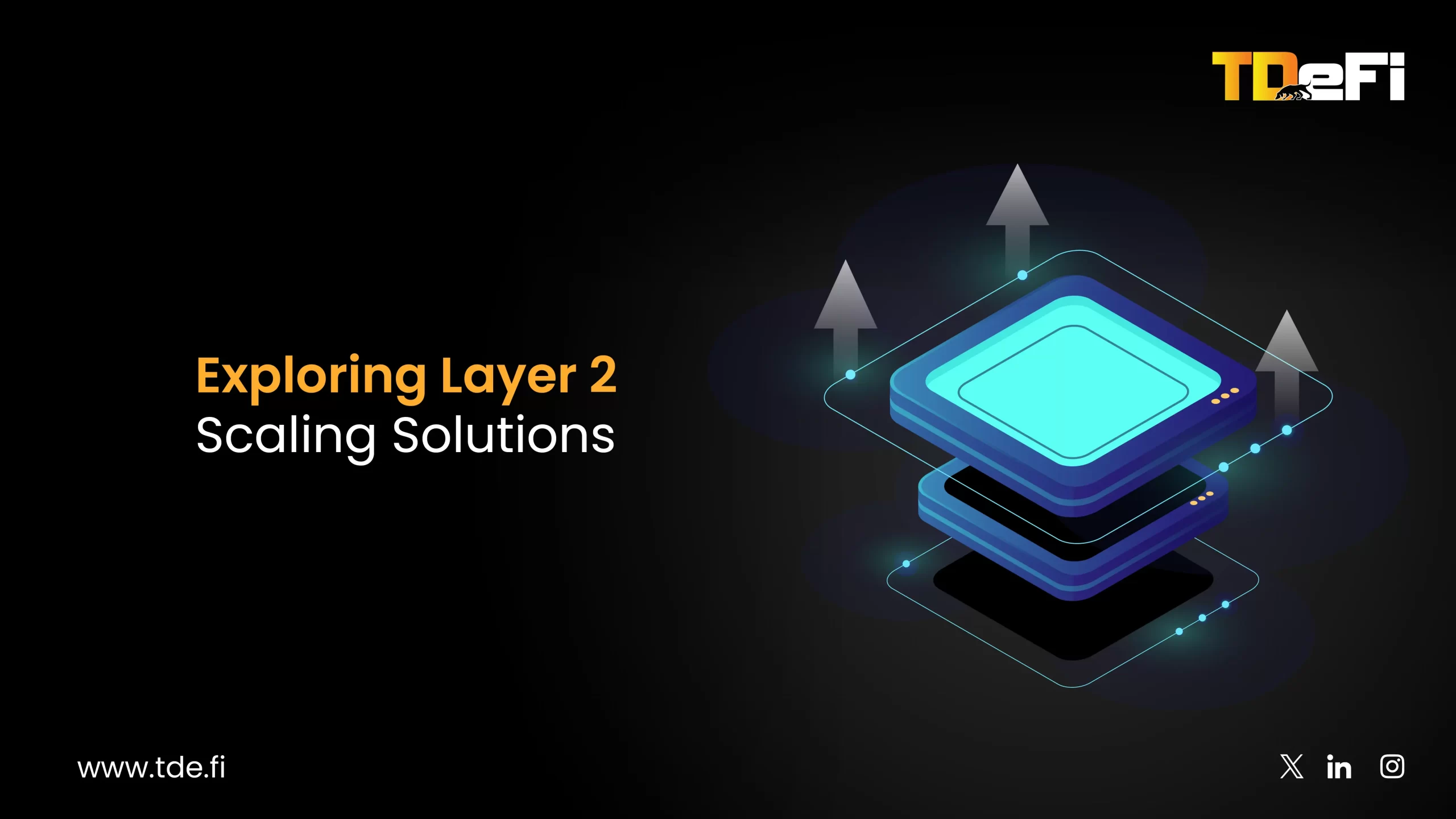In the rapidly evolving world of blockchain technology, cross-chain interoperability has emerged as a cornerstone of innovation, enabling different blockchain networks to communicate, share resources, and transfer value seamlessly. However, as with any significant advancement, the pursuit of interoperability is fraught with complexities that pose challenges.
Understanding Cross-Chain Interoperability

(Source: Chainlink)
Cross-chain interoperability refers to the ability of distinct blockchain networks to exchange data and assets without relying on a centralized intermediary. This capability is crucial in overcoming the limitations of isolated blockchain ecosystems, which operate independently with their unique protocols, consensus mechanisms, and governance models. The absence of inherent compatibility between blockchains necessitates the development of interoperability solutions that can bridge these gaps.
Example: Consider the scenario where a user wants to transfer assets from Ethereum to Binance Smart Chain (BSC). The difference in consensus mechanisms and token standards between these chains creates a barrier that must be addressed to ensure a secure and efficient transfer.
Key Technologies & Protocolos
Technologies are at the forefront of enabling cross-chain interactions are as follows:
- Cross-Chain Bridges: These protocols act as intermediaries that lock assets on one blockchain and mint equivalent representations on another, allowing for secure asset transfers between distinct networks.
- Atomic Swaps: This technique enables the direct exchange of cryptocurrencies between two parties without the need for an intermediary, typically using hash time-locked contracts (HTLC).
Few key protocols solving this problem and their unique approaches are as follows:
Cosmos
Cosmos is designed as an “Internet of Blockchains,” using a hub-and-spoke model to connect multiple independent blockchains. The Cosmos Hub acts as the central hub, facilitating communication between different chains known as zones.
How It Works: Cosmos utilizes the Inter-Blockchain Communication (IBC) protocol to enable data and asset transfers between different blockchains. Each zone operates independently but can communicate with other zones via the Cosmos Hub. This setup allows for a high degree of flexibility and scalability.
Chainlink
Chainlink is a decentralized oracle network that provides smart contracts with access to external data sources. It plays a crucial role in cross-chain interoperability by connecting smart contracts across different blockchains with real-world data and other blockchains.
How It Works: Chainlink uses a network of independent oracles to retrieve data from various sources and deliver it to smart contracts. The Chainlink Cross-Chain Interoperability Protocol (CCIP) extends this capability to facilitate interactions between smart contracts on different blockchains.
The Security Conundrum
Security is the most pressing concern in cross-chain interoperability. The very mechanisms that enable interoperability also open up new attack vectors:
- Smart Contract Vulnerabilities: Many cross-chain operations rely on complex smart contracts. Errors in the code, such as reentrancy attacks or logic flaws, can lead to significant security breaches, resulting in the loss of funds or unauthorized data access.
- Bridge Security Weaknesses: Cross-chain bridges, which often hold substantial amounts of value, are prime targets for attackers. Vulnerabilities in bridge design, data validation, or operational security can lead to catastrophic financial losses.
- Consensus Failures: Blockchains employ different consensus mechanisms, and mismatches between these protocols during cross-chain transactions can create exploitable security loopholes.
- Centralization Risks: Some interoperability solutions introduce centralized components, such as federated validators or centralized bridge operators, which can become single points of failure susceptible to corruption or targeted attacks.
Risk Mitigation
- Conducting thorough audits of smart contracts, bridge architectures, and associated infrastructures is essential in identifying and addressing vulnerabilities before they can be exploited.
- Continuous monitoring of cross-chain operations can help detect and respond to security threats in real-time. Regular updates and patches should be applied to protect against emerging vulnerabilities.
- Increasing the decentralization of cross-chain processes can also reduce the risks associated with central points of control or failure. Decentralized oracles and trustless models of operations are potential strategies.
- Educating users on the inherent risks and best practices for securing their assets during cross-chain transactions can also significantly reduce the likelihood of security breaches due to human error.
Closing Thoughts
The complexities of cross-chain interoperability reflect the broader challenges of building a truly decentralized digital ecosystem. While the road to seamless interoperability is filled with obstacles, the potential benefits of a connected blockchain landscape are immense. As the technology continues to mature, the focus must remain on developing secure, scalable, and user-friendly interoperability solutions that can unlock the full potential of blockchain innovation.





